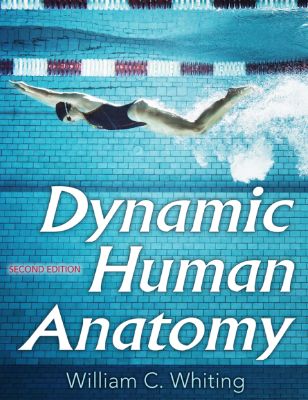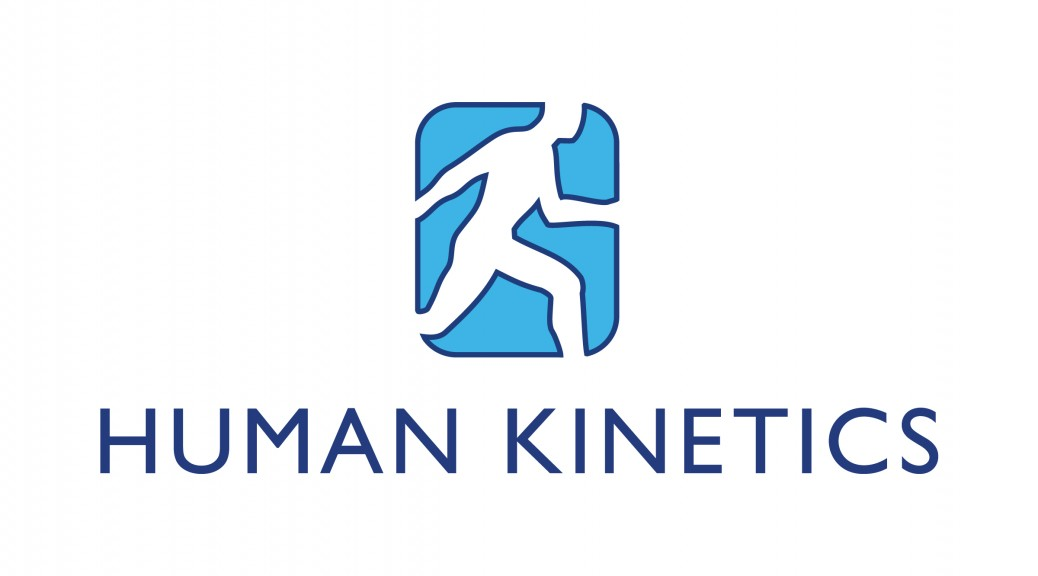
Lýsing:
Dynamic Human Anatomy, Second Edition With Web Study Guide, is back—with a new title, significant new material and learning aids, and the same goals: to cover concepts not found in traditional anatomy texts and to help students apply those concepts. Formerly titled Dynatomy, the new edition of this introductory to upper-level biomechanics and anatomy text sets itself apart from other texts in this field by connecting biomechanical principles with applications in sports and dance, strength training, work settings, and clinical settings.
Dynamic Human Anatomy offers applied dance- and sport-specific information on how the body performs dynamic movement, providing students an understanding of the body's structure and function as it explores the elegance and complexity of the body's functional movement anatomy. New Tools and Learning AidsDynamic Human Anatomy comes with many tools and learning aids, including a web study guide and new instructor resources, each featuring new material and tools.
The web study guide offers the following: • Tables that indicate articulations for the spine and upper and lower extremities • Tables that list the origin, insertion, action, and innervation for all major muscle groups • Practice problems that allow students to apply the muscle control formula discussed in chapter 6 • Critical thinking questions The instructor resources include: • A presentation package with slides that present the key concepts from the text and can be used for class discussion and demonstration • An image bank that includes the figures and tables from the book to develop a custom presentation • An instructor guide that includes a sample syllabus, chapter summaries, lecture outlines, ideas for additional assignments, and answers to the critical thinking questions presented in the web study guide • A test package that includes 330 questions Dynamic Human Anatomy also offers a full-color design and learning aids that include an updated glossary, chapter objectives, summaries, and suggested readings.
Each chapter has Applying the Concept sidebars, which provide practical examples of concepts, and Research in Mechanics sidebars, which highlight recent research in biomechanics and human movement. Organized Into Four PartsDynamic Human Anatomy is organized into four parts. Part I provides a concise review of relevant anatomical information and neuromechanical concepts.
It covers the dynamics of human movement, the essentials of anatomical structure and the organization of the skeletal system. Part II details the essentials of a dynamic approach to movement, including a review of mechanical concepts essential to understanding human movement, the muscle control formula, and topics relevant to movement assessment. In part III, the focus is on fundamental movements as the chapters examine posture and balance, gait, and basic movement patterns.
Part IV explores movement-related aspects for strength and conditioning applications, sport and dance applications, clinical applications, and ergonomic applications. Brings Anatomy to LifeDynamic Human Anatomy, Second Edition, explores the potential of the human body to express itself through movement, making it a highly valuable text for students who have taken, or are taking, introductory anatomy and who need a more detailed exposure to concepts in human movement anatomy.
Annað
- Höfundur: William C. Whiting
- Útgáfa:2
- Útgáfudagur: 11/2018
- Engar takmarkanir á útprentun
- Engar takmarkanir afritun
- Format:ePub
- ISBN 13: 9781492588689
- Print ISBN: 9781492549871
- ISBN 10: 1492588687
Efnisyfirlit
- Cover
- Title Page
- Copyright
- Dedication
- Contents
- Preface
- Acknowledgments
- Part I: Anatomical Foundations
- 1. Introduction to Human Anatomy and Movement
- Introduction to Human Anatomy
- Introduction to Human Movement
- Movement Across the Life Span
- Anatomical Concepts
- Levels of Structural Organization
- Anatomical References and Terminology
- Study of Human Movement
- Concluding Comments
- Suggested Readings
- 2. Osteology and the Skeletal System
- Functions of the Skeletal System
- Bone Histology and Composition
- Bone Modeling, Growth, and Development
- Skeletal System Organization
- Bone Adaptation
- Bone Health
- Concluding Comments
- Suggested Readings
- 3. Joint Anatomy and Function
- Joint Structure and Classification
- Joint Motion and Movement Description
- Types of Joint Movement
- Joint Structure and Movement
- Concluding Comments
- Suggested Readings
- 4. Skeletal Muscle
- Properties of Skeletal Muscle
- Structure and Function of Skeletal Muscle
- Muscle Names
- Functional Actions of Muscles
- Muscles of Major Joints
- Muscle Injury, Pain, and Soreness
- Concluding Comments
- Suggested Readings
- 1. Introduction to Human Anatomy and Movement
- 5. Biomechanics
- Biomechanical Concepts
- Movement Mechanics
- Fluid Mechanics
- Joint Mechanics
- Material Mechanics
- Concluding Comments
- Suggested Readings
- 6. Muscular Control of Movement and Movement Assessment
- Muscle Function
- Muscle Action
- Coordination of Movement
- Movement Efficiency and Economy
- Muscle Redundancy and Abundancy
- Movement Assessment
- Concluding Comments
- Suggested Readings
- 7. Posture and Balance
- Fundamentals of Posture and Balance
- Concluding Comments
- Suggested Readings
- 8. Gait
- Walking
- Running
- Concluding Comments
- Suggested Readings
- 9. Basic Movement Patterns
- Jumping
- Kicking
- Lifting
- Throwing
- Striking
- Concluding Comments
- Suggested Readings
- 10. Strength and Conditioning Applications
- General Principles
- Types of Strength and Conditioning Programs
- Resistance Training
- Concluding Comments
- Suggested Readings
- 11. Sport and Dance Applications
- Baseball and Softball
- Basketball
- Cycling
- American Football
- Golf
- Soccer
- Swimming
- Tennis
- Volleyball
- Dance Applications
- Concluding Comments
- Suggested Readings
- 12. Clinical Applications
- Concepts of Musculoskeletal Injury
- Injury Prevention
- Rehabilitation
- Common Injuries
- Prosthetics and Orthotics
- Concluding Comments
- Suggested Readings
- 13. Ergonomics Applications
- Ergonomic Concepts
- Lifting
- Overuse Conditions
- Concluding Comments
- Suggested Readings
UM RAFBÆKUR Á HEIMKAUP.IS
Bókahillan þín er þitt svæði og þar eru bækurnar þínar geymdar. Þú kemst í bókahilluna þína hvar og hvenær sem er í tölvu eða snjalltæki. Einfalt og þægilegt!Rafbók til eignar
Rafbók til eignar þarf að hlaða niður á þau tæki sem þú vilt nota innan eins árs frá því bókin er keypt.
Þú kemst í bækurnar hvar sem er
Þú getur nálgast allar raf(skóla)bækurnar þínar á einu augabragði, hvar og hvenær sem er í bókahillunni þinni. Engin taska, enginn kyndill og ekkert vesen (hvað þá yfirvigt).
Auðvelt að fletta og leita
Þú getur flakkað milli síðna og kafla eins og þér hentar best og farið beint í ákveðna kafla úr efnisyfirlitinu. Í leitinni finnur þú orð, kafla eða síður í einum smelli.
Glósur og yfirstrikanir
Þú getur auðkennt textabrot með mismunandi litum og skrifað glósur að vild í rafbókina. Þú getur jafnvel séð glósur og yfirstrikanir hjá bekkjarsystkinum og kennara ef þeir leyfa það. Allt á einum stað.
Hvað viltu sjá? / Þú ræður hvernig síðan lítur út
Þú lagar síðuna að þínum þörfum. Stækkaðu eða minnkaðu myndir og texta með multi-level zoom til að sjá síðuna eins og þér hentar best í þínu námi.
Fleiri góðir kostir
- Þú getur prentað síður úr bókinni (innan þeirra marka sem útgefandinn setur)
- Möguleiki á tengingu við annað stafrænt og gagnvirkt efni, svo sem myndbönd eða spurningar úr efninu
- Auðvelt að afrita og líma efni/texta fyrir t.d. heimaverkefni eða ritgerðir
- Styður tækni sem hjálpar nemendum með sjón- eða heyrnarskerðingu
- Gerð : 208
- Höfundur : 13673
- Útgáfuár : 2018
- Leyfi : 379


